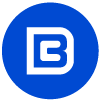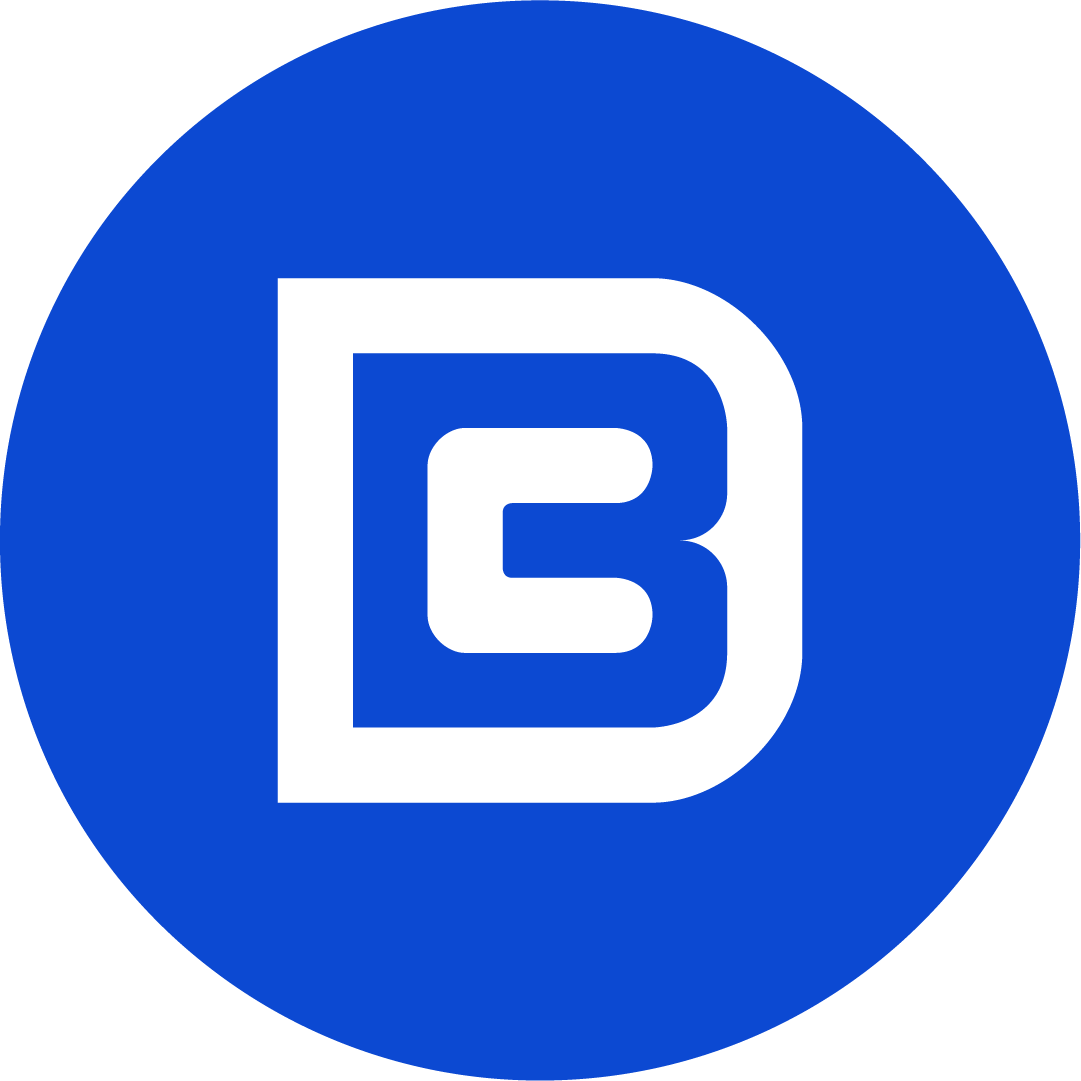Open to Work Badge: Works or Looks Desperate?
Word count: ~350 (approx. 3-4 minute read)
As a brand identity designer and strategist, I spend my days shaping how businesses look and feel to the world. Lately, I’ve turned that lens inward, pondering how job seekers, including myself, present their personal brands during a job hunt. One tool sparking debate is LinkedIn’s OpenToWork badge. Does it open doors or affect your professional vibe? Let’s explore this from a branding perspective and offer strategies for a wider job-hunting audience to network and strategize effectively.
The Visual Cue of Vulnerability
The OpenToWork badge, with its green frame around your profile photo, acts as a bold visual signal. As a designer, I view it as a branding choice with potential impact. Research from Forbes indicates some recruiters perceive this public declaration as a sign of desperation, favoring candidates who aren’t actively signaling availability. In creative fields like design, where perception shapes success, it might feel like a neon sign clashing with a minimalist portfolio.
Perception vs. Opportunity
Data from LinkedIn shows the badge boosts visibility, with users 40% more likely to receive InMail from recruiters. Yet, a 2021 study cited by The Remote Job Coach found a 7% lower interview pass rate in strong job markets, hinting at a perception challenge. For job hunters across industries, this duality matters. As a strategist, I note the badge’s impact depends on context, with unemployed creatives potentially benefiting and senior professionals possibly facing brand equity concerns.
A Branding Approach to Networking
Instead of relying solely on the badge, consider networking as a design project. Begin with your LinkedIn profile as your canvas, optimising it with keywords and showcasing your best work, similar to a portfolio. Engage with industry content or post about your process, such as a recent design challenge, to signal expertise subtly. Direct outreach to your network, such as former colleagues or clients, can yield better results, as Forbes recommends contacting 200 connections for a targeted job hunt.
For a wider audience, view your personal brand as a story. Are you the proactive problem-solver or the eager seeker? Share authentic updates, like a project milestone or a skill you’re learning, to shape that narrative. This approach mirrors how brands build trust, inviting opportunities without broadcasting need.
Strategizing Beyond the Badge
Here are actionable steps inspired by design thinking:
Use the “Recruiters Only” setting to signal availability discreetly, avoiding public perception risks.
Ensure your online presence, including profile, posts, and interactions, reflects your professional ethos, much like a brand guideline.
Experiment and adapt, using networking events or platforms like Behance for creatives if the badge doesn’t yield quality leads, adjusting based on feedback.
Reflecting on Your Brand
As a job seeker, your personal brand serves as your currency. The OpenToWork badge might open a door, yet it could influence how others perceive your value. For me, as a designer, I prefer letting my work and connections tell my story. What about you? Does the badge feel like a strategic tool or a potential shift? Share your thoughts, as I’d love to hear how you’re navigating this in your field.
References
[1] Hellmann, R. (2020). Job Seekers: Be Careful Using LinkedIn’s New “Open To Work” Feature. Forbes. [2] LinkedIn Official Blog (2022). Insights on Job Seeker Features. [3] The Remote Job Coach (2022). Does the Open to Work Badge Help or Hurt? [4] Qureos Career Guide (2025). Optimizing Your LinkedIn for Job Hunting. [5] Executive Career Brand (2025). Strategic Job Search Tips for Professionals.

